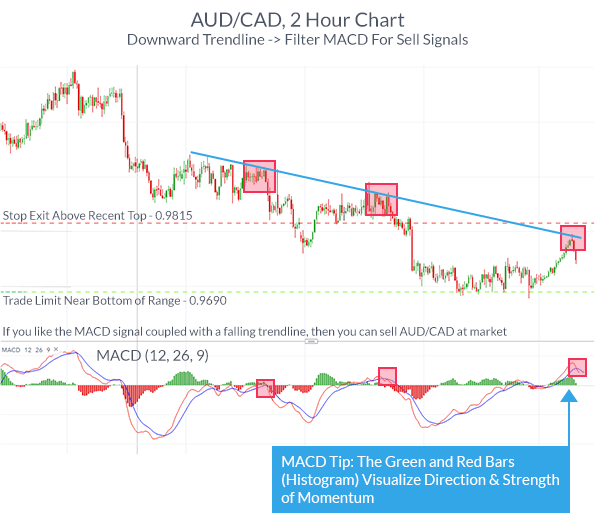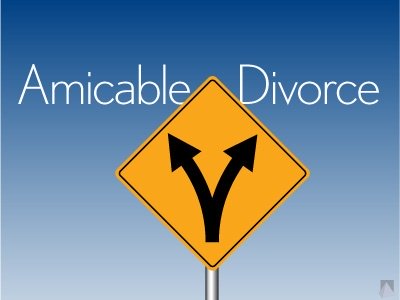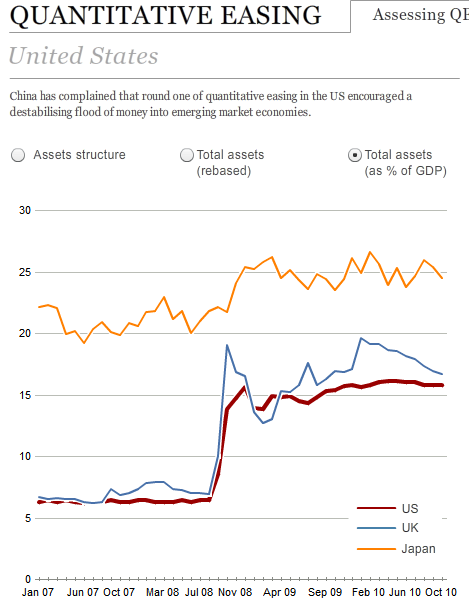Content

Second, lines of credit offer flexibility in terms of how and when the borrowed funds are used. The borrower can draw on the line of credit as needed, up to the maximum amount approved by the lender, and only pays interest on the portion of the line of credit that is actually used. When corporate bond ratings are downgraded from investment grade (Baa3 / BBB- and higher) to below investment grade, forced selling can occur, as certain institutional funds have to sell the downgraded bonds. It is a smaller group of investors that can own high yield corporate bonds, so these price drops can often be significant. It can be difficult to compare the security of income of individual corporate bonds vs. bond funds, as there are many types of individual corporate bonds and bond funds. That said, bond funds are more fungible, as most of them, such as Vanguard Total Bond Market Index Fund (VBTLX), attempt to replicate a broadly followed index.

Due to this, the total value of a bond may suffer from rising interest. This fluctuation or change in bond price impacts the institutional and mutual funds investors with exposure to bonds. This affects professional investors like insurance companies, banks, and pension funds. User diversification means that an investor is investing in a mix of different types of investment.
Is a Mutual Fund of Mixed Stocks and Bonds Good to Have?
Bonds pay regular interest, and bond investors get the principal back on maturity. Low-rated bonds must pay higher interest rates to compensate investors for taking on the higher risk. Bond ETF is an exchange-traded fund investment option that invests clients’ money into fixed-interest securities. These are low-risk investments and provide regular coupon payments every month. It helps the individual investor get exposure to bond benchmark indices, which they would not have been able to do otherwise.
In such a scenario, our bonds can be downgraded by the rating agencies given their newly found junior position in the company’s capital structure. The Federal Reserve’s interest rate hikes in 2022 have shown investors how bond prices can fall in an extreme scenario. After this white-knuckle ride, our Tupperware ’21 recommendation resulted in a total return of +7.30% compared to a +4.40% investment return for the iShares HYG ETF, a leading high yield corporate bond ETF. That the income of a bond fund can fall that much is astounding and should cause bond fund investors to think twice about investing in such vehicles. These companies included some of the largest companies in the world such as Boeing, Disney, Royal Dutch Shell, and GM.
If a company has a strong business and is operating well, the existence of senior debt isn’t always a bad thing, depending on how the senior debt is structured. Some senior debt is in the form of revolving credit, which can be paid back at the company’s option with ease. Often times, these revolving credit facilities can be drawn down during a quarter and then repaid by quarter end. In each new BondSavvy corporate bond recommendation, we review a company’s capital structure to determine whether any debt is senior to our recommended bonds. This analysis is not always fool-proof, as, after a new recommendation, a company can incur debt that is senior to our bonds. Bond ETFs do trade intraday; however, they trade based on a share price.
In the event of a default by one of the issuers, the other issuers are required to fulfill the entire debt obligation, regardless of their individual share of the bond. We typically recommend approximately 20 new corporate bonds each year and have between 35 to 55 bonds on our buy/hold recommended corporate bond list. Click the Get Started button to learn about subscription options or the Watch Free Sample button to view a previous edition of The Bondcast, where we present new corporate bond recommendations. A corporate bond’s call schedule becomes more important for investors considering bond purchases above par value. If we purchased this bond at 102 in 2023, we might only be able to realize a point or two of capital appreciation. This can still be okay assuming the bond’s coupon is compelling relative to the risk of the issuer.

It also affects the issuer’s financial stability, directly impacting bondholders. Few bonds are better than banks’ investments (saving accounts and other scheme investments). The interest rates given by banks on deposits (savings) are less than interest on bonds. There is no TDS in corporate bond fund investment, but banks charge TDS on fixed deposits at 10%. A line of credit is a type of debt financing in which a lending institution extends a predetermined amount of credit to a borrower that can be used at the borrower’s discretion. Lines of credit are often used by businesses to finance short-term working capital needs, such as inventory or payroll.
What advantages and disadvantages do bonds offer investors relative to stocks? What type of…
Putting portions of your money into different types of investments could help you in case some of them don’t measure up. Also, kindly share the information with your friends who you think might be interested in reading it. Subordinated debt can also be used to ladder debt maturities, which can provide flexibility in managing cash flow.
His work has appeared in various publications and he has performed financial editing at a Wall Street firm. Never stop learning when it comes to protecting your hard-earned money and investing for your future. Our writing and editorial staff are a team of experts holding advanced financial designations and have written for most major financial media publications. Our work has been directly cited by organizations including Entrepreneur, Business Insider, Investopedia, Forbes, CNBC, and many others. At Finance Strategists, we partner with financial experts to ensure the accuracy of our financial content.
This is because lenders view debt as a higher-risk investment than equity. As a result, businesses will need to pay more in interest payments over time. Bonds are also rated from AAA (highest grade) to C based on their credit worthiness. AAA bonds are perceived to have little risk of default and its issuers have a very strong capacity to meet is financial obligations. Junks bonds (BB and lower), on the other hand, have higher default risks and offer much higher yields as investors expect a higher return for the increased risk.
This is because lenders perceive subordinated debt to be more risky than senior debt. Another advantage of debt financing is that interest payments on debt are tax deductible. This can save businesses a significant amount of money in taxes each year.
Please note that a CUSIP is a nine-digit code that identifies each corporate bond issuance. CUSIPs are needed for corporate bonds since companies often issue more than one advantages and disadvantages of bonds bond. Mega bond funds such as VBTLX and iShares AGG take the opposite approach. These bond funds are so big that they have to own virtually every bond in the market.
Advantages and Disadvantages of Bonds
Since investment grade default rates are historically near zero, a corporate bond portfolio with investment grade individual corporate bonds has a high security of principal. Since this portfolio owns bonds with maturity dates, we believe it has a higher security of principal than the VBLTX fund, which has a price untethered to a maturity date or par value. Each figure shows the distribution of YTMs for the specific bond type. For example, in Figure 2, there were 123 high yield corporate bonds that had YTMs of at least 7.0% and less than 8.0%. In Figure 3, there were 1,821 investment grade corporate bonds with YTMs of 5.00% to 5.49%. Figure 4 shows the dearth of municipal bonds with YTMs above 5%, as only 6 out of 18,982 municipal bonds had yields this high.

Fortunately, the company’s operations turned around quickly, and Macy’s was able to pay down its senior borrowings. Bond fund investors, on the other hand, cannot trade intraday, as bond fund trades are executed based on the fund’s end-of-day net asset value per share. Being able to invest in something at only one point in a trading day is like moving back to the dark ages for investors.
The problem he saw is that everyday investors seldom invest in individual corporate bonds, often confused with how bonds work and unable to select from the 9,000 bonds available for investing. In both the investment grade and high yield charts, the largest number of bonds were priced between par value (or 100) and less than 110. The higher above 110 we move in pricing, the fewer bonds there were that had such high prices. Often times, if a bond price increases from, say, 95 to 120, it can make sense to sell bonds before maturity so investors can lock in capital appreciation and maximize investment returns. While corporate bonds advantages are significant, new corporate bond investors must be aware of the risks and disadvantages. We will shortly be drafting a fixed income blog post comparing corporate bonds vs. CDs.
The Advantages of Government Bonds
Selecting bonds carefully, purchasing them at the right time, and knowing the Advantages and Disadvantages of Bonds can be a big help for prospective investors. Although Bonds and stocks are both securities, the clear differences between the two are that the former matures in a specific period, while the latter typically remain outstanding indefinitely. Also, the bondholders are paid first over stockholders in case of liquidity. The portfolio allocation to the different bonds should be noted, as some funds may have more money allocated to high-yield bonds than U.S. Stocks and bonds each have a different level of risk and behave differently in response to changes in the financial markets. A well-diversified portfolio contains a broad range of holdings across several asset classes.
This happened in the wake of Covid-19 in 2020, as many blue-chip companies either stopped paying dividends or significantly reduced them. Bonds are an effective option for those who need a steady and dependable source of income. Investing in bonds is what elderly investors do after retirement majorly.
Buying Stocks Instead of Bonds: Pros and Cons
It is, therefore, impossible to assess the relative value of a fund like you can with a corporate bond or stock. With individual corporate bonds, investors can compare the foregoing financial metrics to how a bond is priced and evaluate a bond’s relative value. Stock investors can do a similar exercise by calculating price/earnings («P/E») ratios. Multisector bond funds invest in a range of taxable bonds, including U.S.
- But these external factors do not impact the bond’s interest or coupon interest payment but only affect the market price of bonds.
- A company could perform well operationally and, due to its lower credit risk, bonds issued by the company could rally.
- However, it is important to understand the advantages and disadvantages of each type of debt financing before deciding which type is right for your business.
- Most bondholders resell bonds before they mature at the end of the loan period.
- An investor can buy a bond directly through a broker or indirectly through bond mutual funds, and U.S treasury bonds can be bought directly from the department of Treasury Direct website.
- Bonds also pay regular income in the form of interest payments; however, these cannot be reinvested back into the same bond.
Although a bond’s value can fluctuate according to current interest rates or inflation rates, these are generally more stable compared when compared to stocks. An example of a bond fund is the Vanguard Total Bond Market Index Fund, which holds more than 5,000 U.S. investment-grade bonds, including U.S. Treasuries and mortgage-backed securities of short, intermediate, and long-term maturities.
High yield corporate bond default rates
As more money pours into these funds, they have to buy more bonds, regardless of whether the bonds are worth owning. Individual corporate bonds are the only asset class to receive a thumbs up across all five criteria, as shown in Figure 1. Below the graphic we discuss how we arrived at our conclusions and discuss certain caveats. Legal protection is something investors can benefit from investing in Bonds.
